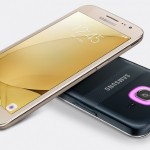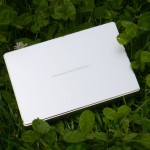
OUR VERDICT
The Sony Xperia XA is slim and pocketable, but problems with performance and battery life mean there are better choices out there.
FOR
- Slim design
- Simple interface
- Decent selfie camera
AGAINST
- Weak battery life
- Disappointing camera
- Screen is only 720p
Mid-range is the new high-end. Their cameras are already better than the knackered old Canon in the cupboard and you’ll often be hard-pressed to notice the difference between a mid-level phone and a top-end one in day-to-day use.
At £229/US$279/AU$389 the Sony Xperia XA is the most accessible one in the new X-series line-up. And given the US$699/AU$999 Xperia X Performance is frankly nuts in its approach, there’s a big margin there.
However, you can get better phones at the price. Aside from the pleasant design few elements truly excel, while battery life is dismal.
Design
The Sony Xperia XA has a design emerging as a common standard for mid-price phones out to avoid feeling cheap. It’s a mostly-plastic device, with some bits of metal tacked-on.
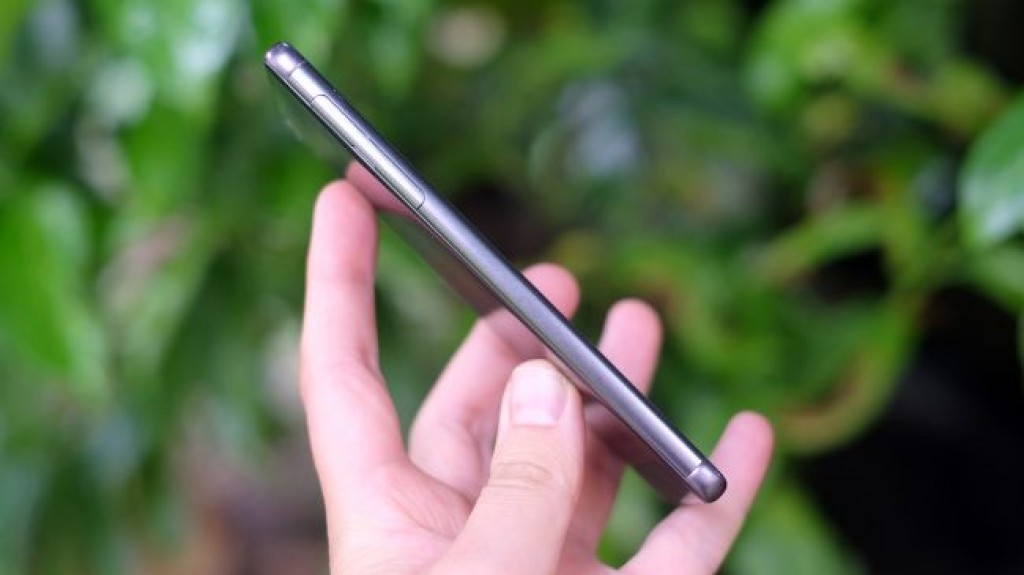
There’s a slight act of self-deception involved here. The idea is that because the sides of the Xperia XA are metal, you get some of that high-end feel while only using about 10 per cent of the more expensive materials.
Guess what: you do. While it’s nowhere near as nice-feeling as a OnePlus 3 (not even close), the logic makes sense. Put the fancy-feeling bits by your fingertips, the most sensitive parts of your hands.
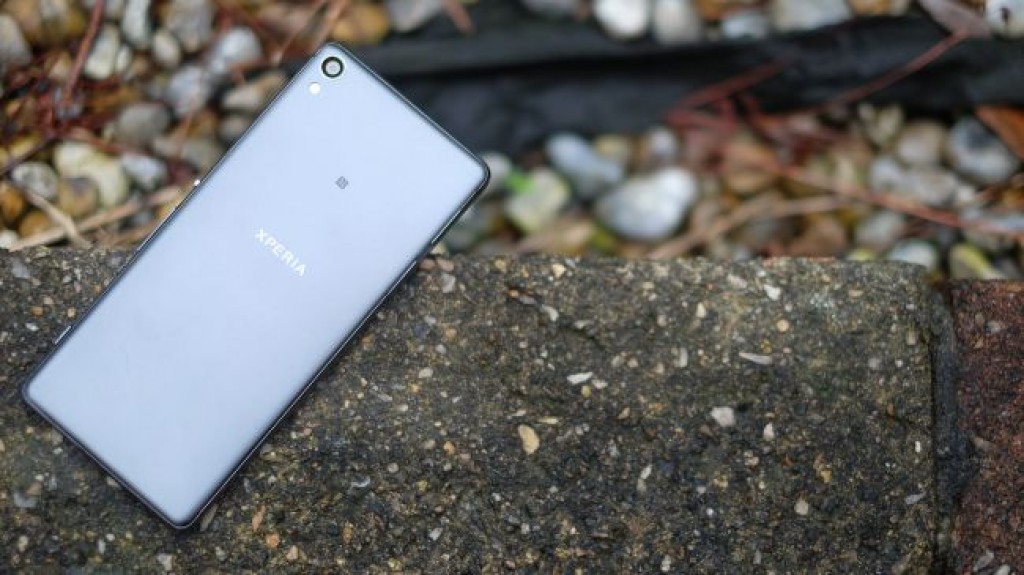
To get specific, only the left and right sides are aluminum. The top, the bottom and the back of the Xperia XA are all-plastic.
The other fancy part is the curved glass on top of the display. You’ll often see this referred to as 2.5D glass, meaning its edges are rounded-off. It’s not flat-out curved like the Samsung Galaxy S7 Edge. It softens the feel, but must come at barely any premium at all given how many cheaper phones use this glass.
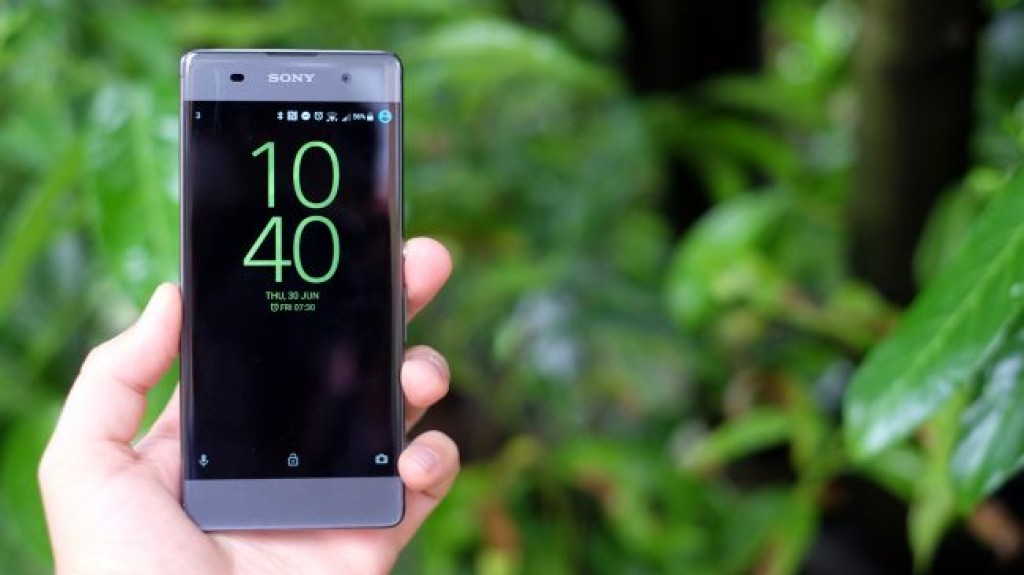
Sony’s burning of the Xperia Z branding with the new X range may make you think there are grand changes in this year’s Sony phones, but there aren’t. The Sony Xperia XA is formed of compacted Z-series ashes. It’s very slim, and has what Sony used to call an OmniBalance setup where the power button sits almost in the middle of the phone’s side.
Of course, many manufacturers do this nowadays so the obvious difference is that the Xperia XA has a round power button.

Among Xperia phones, what’s neat about the Xperia XA is that its left/right screen surrounds are very, very skinny. In the past I’ve complained about Xperias being frankly not that nice to hold because of, variously, boxy designs, sharp seams and dimensions that come across better on paper than in person. There are no such issues here, though.
Sure, it’d feel much skinnier if the shape wasn’t essentially still a rectangular box, but the Sony Xperia XA is easy to handle.
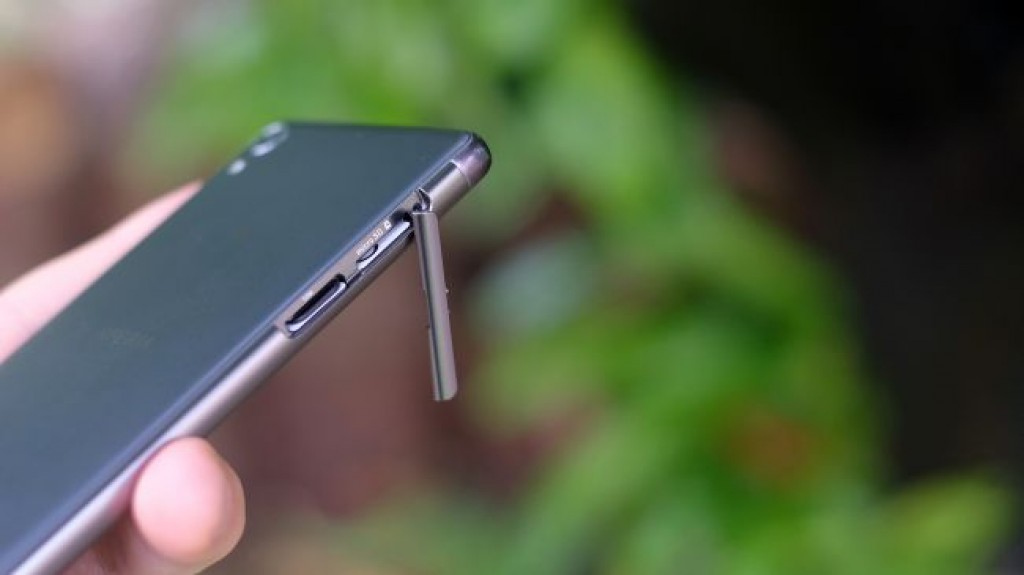
Like most mid-range-and-higher phones these days, the Xperia XA has a non-removable back with a non-accessible battery. There’s a flap on the side that covers the microSD and nanoSIM slots.
Unlike the Sony Xperia Z5, there’s no rubber seal on this flap so, whatever you do, don’t drop the Xperia XA down the toilet, in your pint glass, etc. Sony has largely backed away from big waterproofing claims in its phones anyway, after one too many people found that their water resistance was less than infallible.
There aren’t too many higher-end hardware extras either. There’s no fingerprint scanner, for example, the latest “must-have” among ambitious mid-range designers like Honor, Motorola and OnePlus.
The Sony Xperia XA doesn’t have a particularly impressive screen either. It’s a 5-inch 720p IPS LCD display, at a time when several phones at the price are 1080p, most notably the Motorola Moto G4 (which also has a larger screen).
Screen quality is fine, but not at the level of the more expensive Xperias. There’s clear brightness loss at an angle and contrast shift at a couple of extreme angles. Unless you fiddle with some sliders fairly deep in the Settings menu, a blue-leaning white balance also makes color tone seem odd, a little “not quite right”, to start with.
Of course, the great thing about phone screen quality at this point is that in real-life terms all these criticisms don’t necessarily have to register. I’d be perfectly happy living with a screen like this, and once your eyes have bedded into it a bit, you’ll see it doesn’t actually suffer from the (potentially) cloying oversaturation of the top-end Xperias.
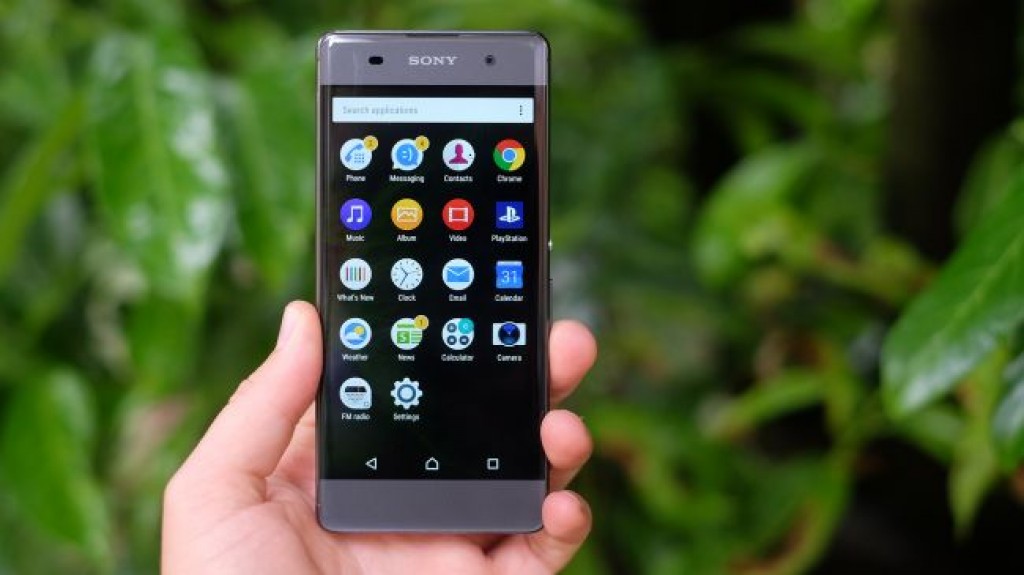
Outdoors visibility is surprisingly good too. The Xperia XA kicks into a sort of ‘turbo’ mode when it senses it’s in a bright environment, altering color and contrast to keep the screen as comprehensible as possible.
It’s a perfectly fine screen, but you do need to live with the truth that you can get something more impressive for less money right now.
Software
Sony hasn’t put any new magic into the Xperia XA’s software either. The phone runs Android 6.0 with a familiar Xperia custom UI.
In the past we could say that the Sony Android UI was pretty light, feeling much like normal Android but with a Sony stylistic tweak. We can’t say that anymore because where Android Marshmallow uses a vertical apps menu, the Sony Xperia XA and its brothers are stuck in the past with apps pages instead.
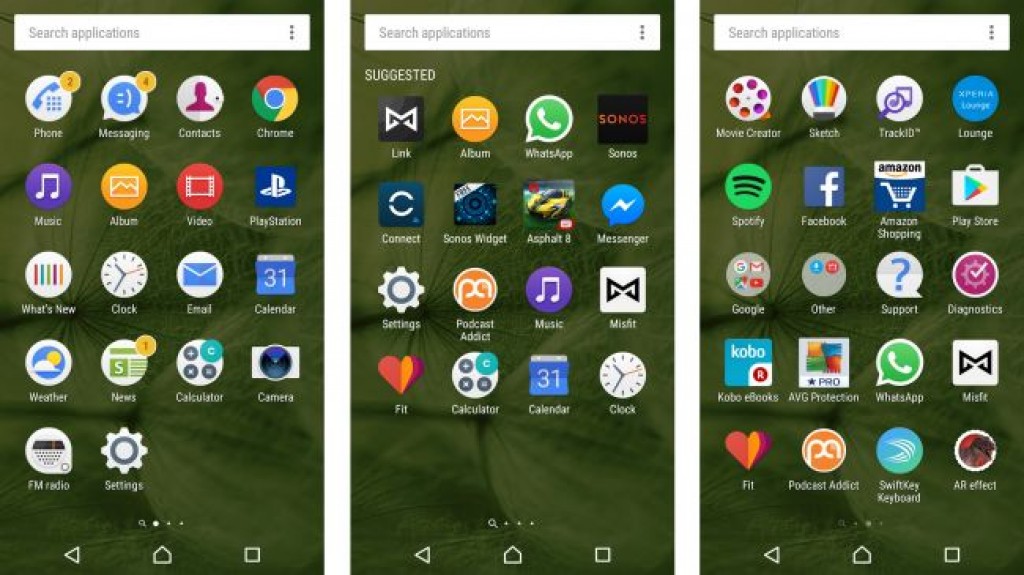
One style isn’t empirically better than the other, but I do find that Google’s (not that) new vertical style works very well with large app collections. After a while you gain a sort of muscle memory of the sort of gesture required to get where you want to be, where here there’s going to be some flicking involved unless you want to keep your apps library perfectly arranged in folders.
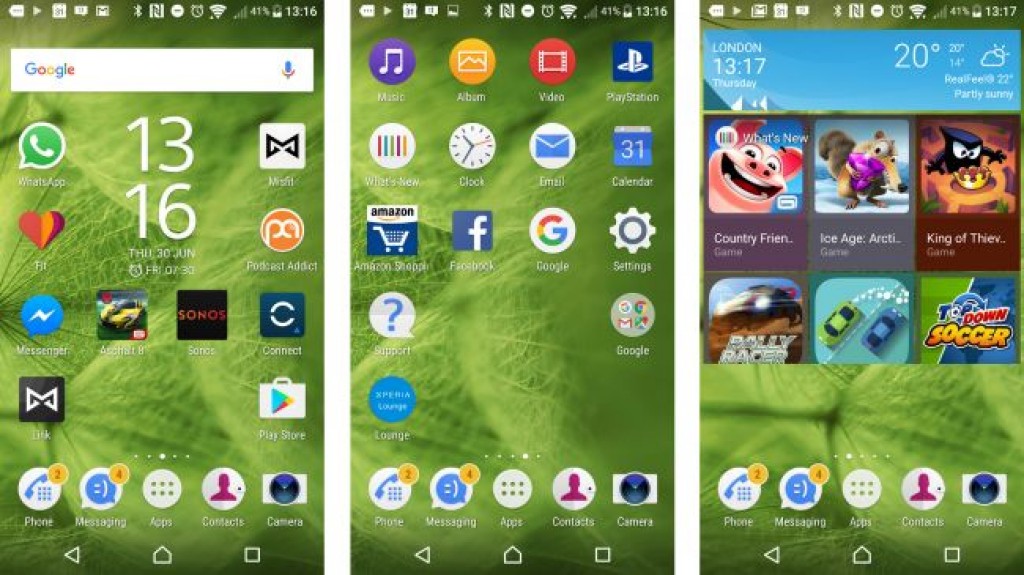
With very little obvious change in the software since last year, the Xperia XA has a simple, almost spare interface. Where Sony gets more obviously involved is with apps.
There are Sony apps for SMS and calls, and for just about every kind of media you’ll find on a phone: a videos app, a music app and the Sony PlayStation app, among others. It’s not bloat-free but the Sony Xperia XA still gives off the impression of being ‘clean’ because of its software look.
For a Sony phone, I have found the Xperia XA quite glitchy, though. The drop-down notification bar at times just refuses to respond, and more than a few times the interface just seems to have become stuck, making me turn the screen off and on to reset sanity.
These are minor little issues, but ones I’m not too happy about given Sony’s phones are usually solid performers. One explanation for this is that the Xperia XA is one of just a few Sony phones to use a MediaTek chipset.
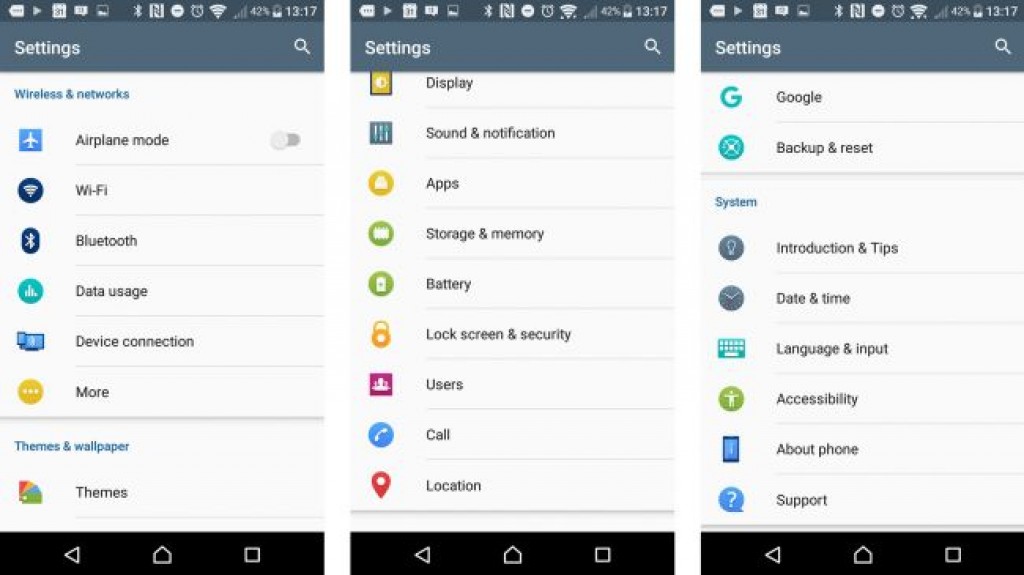
For years its CPUs have been derided as “cheap rubbish” by some, a low-cost alternative to Qualcomm’s more commonly-used Snapdragon processors. I’ve used good MediaTek-powered phones in the past, but the Helio P10 used here doesn’t signal the MT renaissance some have talked about.
Performance is not that great, given you’re paying a little over the odds for the hardware of a big brand name here. The CPU causes far more problems in the 1080p Oppo F1 Plus, though. In that phone you’ll see grating frame rate drops in titles like Asphalt 8 (rendering the game almost unplayable at max visual settings), but in the 720p Sony Xperia XA, gaming works just fine.
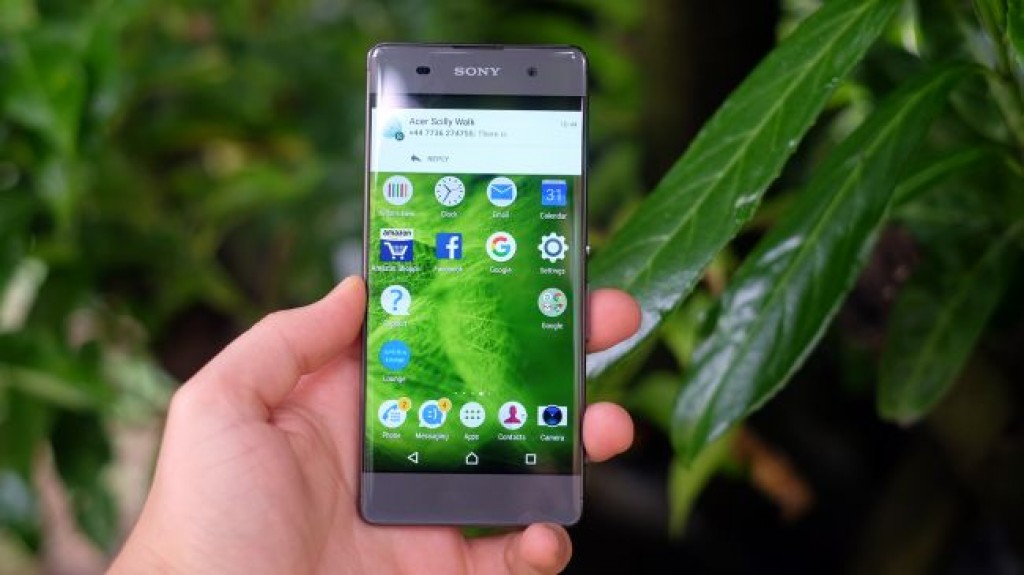
On paper, the Helio P10 sounds rather good. It is an octa-core processor, with the same Cortex-A53 cores used as the ‘low power’ cores in some of last year’s flagship phones. They’re clocked at 2GHz, a good few hundred megahertz faster than any of the cores in the rival Moto G4’s Snapdragon 617.
In Geekbench 3 the phone scores 3250. However, in reality the phone feels less reliable than the Moto G4. It also seems to regularly get warm even under light strain. It never becomes uncomfortably hot, but this is a suggestion the Helio P10 may not be all that efficient. In this case at least.
There are better phones out there for gaming too. I’m not actually talking about raw power: while a dual-core Mali-T860 GPU isn’t going to impress anyone, it is fine for 720p gaming. What does stick out as a notable weak point is the speaker. Other Xperias use front-loaded speakers to support the ‘media’ leanings of the phone series, but the Xperia XA just has a single speaker on the bottom edge.
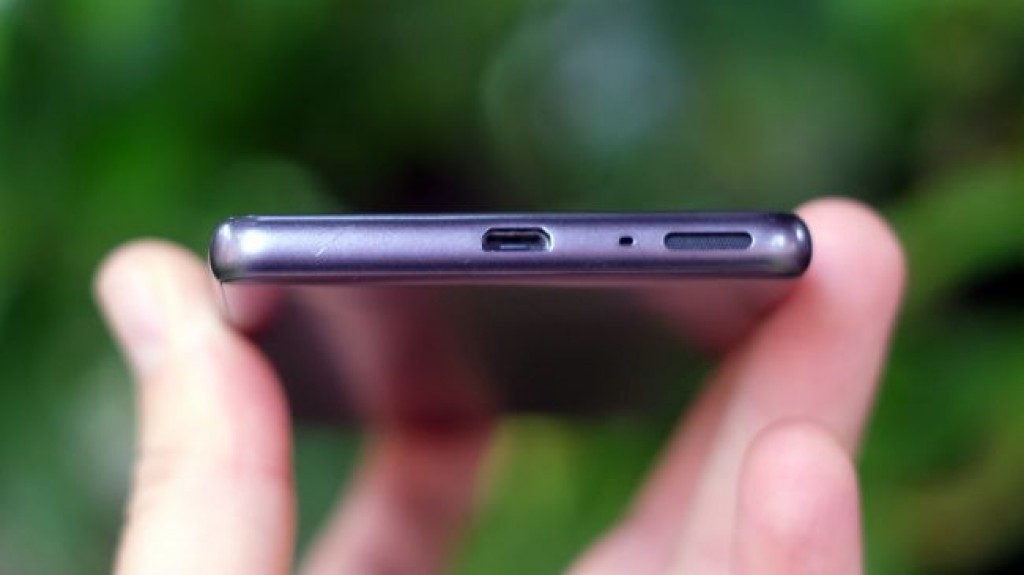
Lots of phones still use this layout, including the iPhone 6S and Samsung Galaxy S7. The problem is that it’s not much cop. It doesn’t go very loud and its tone is weedy.
I often listen to podcasts through my phone’s speaker as I’m wandering about the house, but this one just can’t cope with any real amount of ambient noise.
Battery life
The Sony Xperia XA’s major problem is that while it’s perfectly nice in many respects, it’s beaten by some in almost every area, and lags behind clearly in a few. The worst example is battery life.
A 2300mAh cell is used here, small even by 5-inch screen, 720p resolution standards. Sony seems to feel that either a) the cut-down in size is worth it or b) the efficiency of the CPU will make up for it. But sadly a) it isn’t and b) it doesn’t.
Most days I’ve had to recharge the phone before dinner because it was in the red zone, and one day I even managed to drain the battery almost completely twice. I wasn’t playing games or streaming video for hours, just using the phone out and about in London a bit.
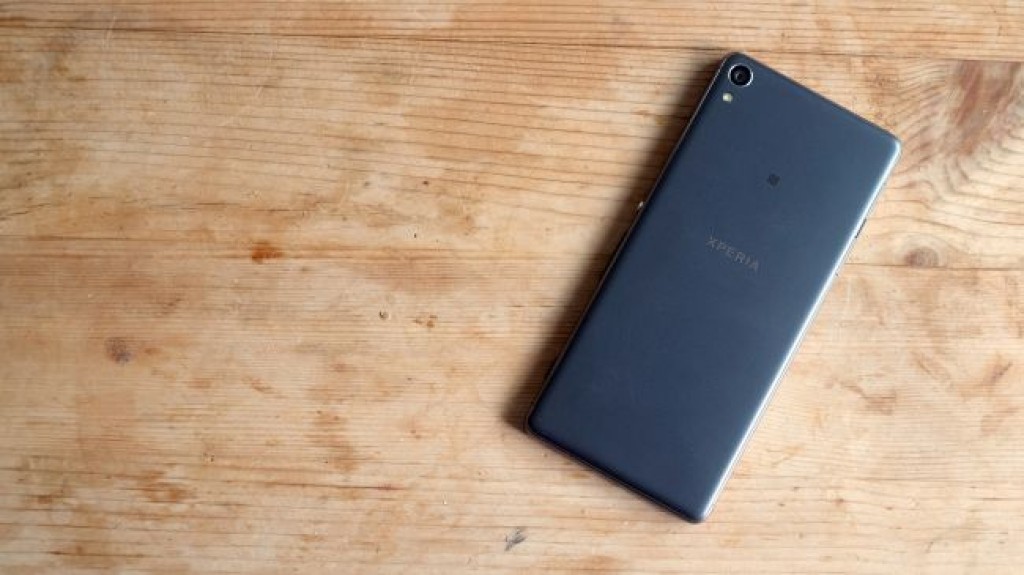
Our usual video playback test doesn’t work too well for the Sony Xperia XA either. A 90-minute MP4 file played at max brightness takes 29% off the battery, which is not a good result. The Moto G4 for comparison lost just 17% and even that isn’t a brilliant achievement.
Sony’s get-out excuse is that the Xperia XA has fast charging. This is a dangerous trend popping up in a few phones: don’t try that hard to offer great battery life, just make sure the charging process is quick. We still want sound stamina alongside fast charging though.
The camera is one area where the Sony Xperia XA should, in theory, be able to claim an edge. Sony makes some of the best phone camera sensors, and sure enough the Sony Xperia XA has a new breed of entry-level-slash-lower-mid range hardware.
Sony hasn’t talked too much about the exact sensor used, but the spec suggests it’s almost certainly the new Sony IMX258. You get 13 megapixels, 1/3-inch of sensor area and phase detection hybrid focusing.
It’s the last bit you don’t get in phones like the Motorola Moto G4, which uses the ‘classic’ IMX214.
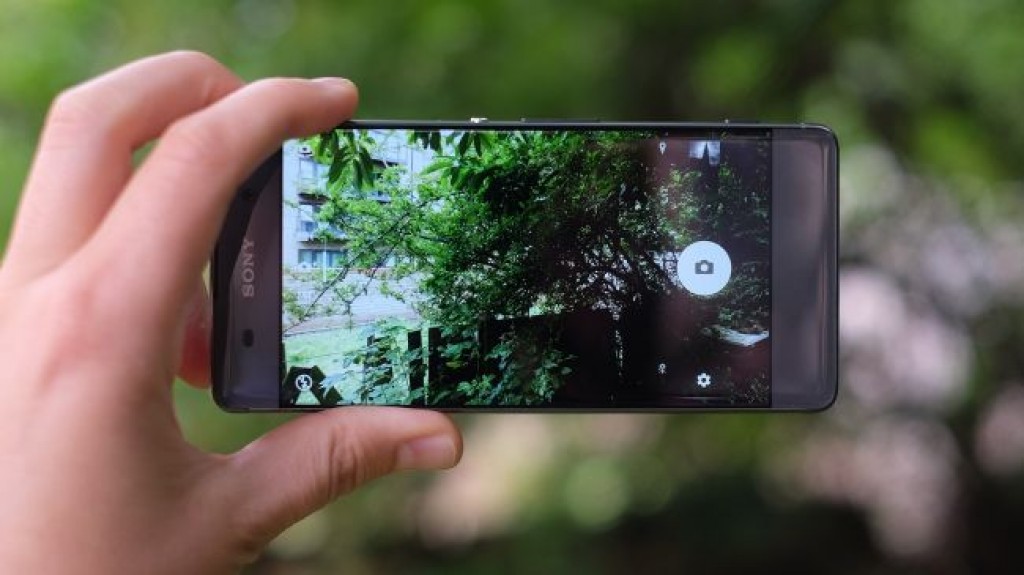
In practice the Sony Xperia XA camera is not something to get too excited about. While a reasonable performer, it sets no standards and isn’t the most fun phone camera to use at the price.
Let’s start with the bits I find annoying. First, the phase detection doesn’t seem to help at all. Focusing is lazy at times, resulting in frustrating waits in low-light conditions. Low-light photo quality is also poor, with images ending up incredibly soft in an attempt to make them appear low on noise.
I can get on board with using plenty of processing to improve the appearance of photos, it’s what all phones rely on, but here they can make night shots look as though they’ve been shot through a layer of Vaseline.
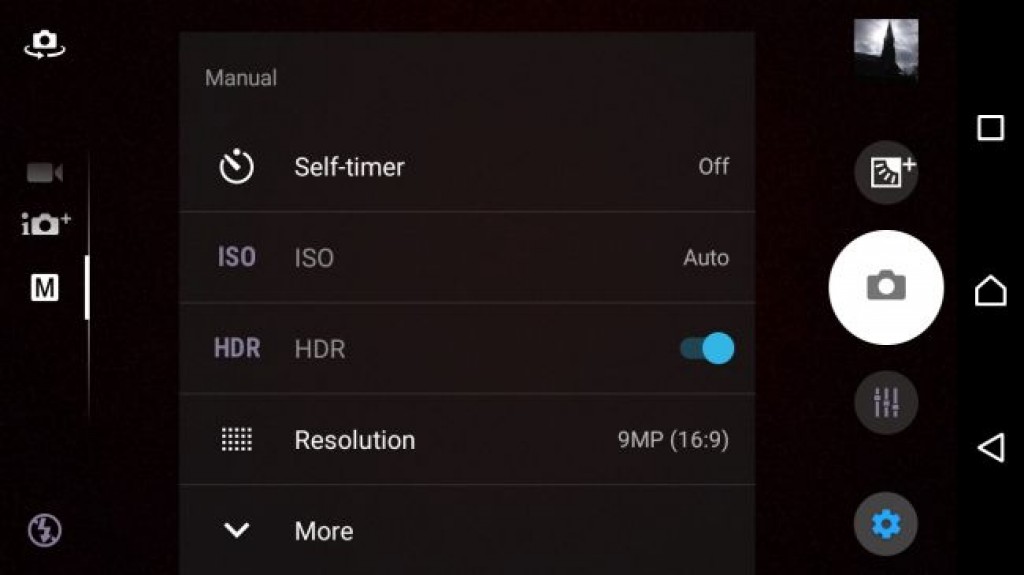
HDR performance also continues to lag far behind the best. Samsung’s still probably the master of this area, but even the Moto G4 and mid-cost Huawei/Honor phones perform well these days.
However, the Sony Xperia XA still struggles to bring out foreground detail when a scene is strongly backlit. It may have the latest hardware and even a physical camera button, but in terms of software and processing the phone feels dated.
The Sony Xperia XA camera app makes some tweaks for 2016, but the layout is ultimately the same as it has been for years. There’s a Superior Auto mode that leaves you to simply point and shoot, and a Manual mode that is effectively a normal camera app that lets you access additional scene modes and some manual controls.

Superior Auto mode will do the trick for most people, but this isn’t really the most intuitive way to lay out the Xperia XA’s photo features when there’s also a whole extra swathe of other modes kept in another part of the app. It’s overcomplicated.
If you’ve used an Xperia before you know the drill. These extras modes include silly AR scenes and face-distorting nonsense. However, as in so many other areas Sony has been left behind: apps like Snapchat do this fun camera fluff much better.
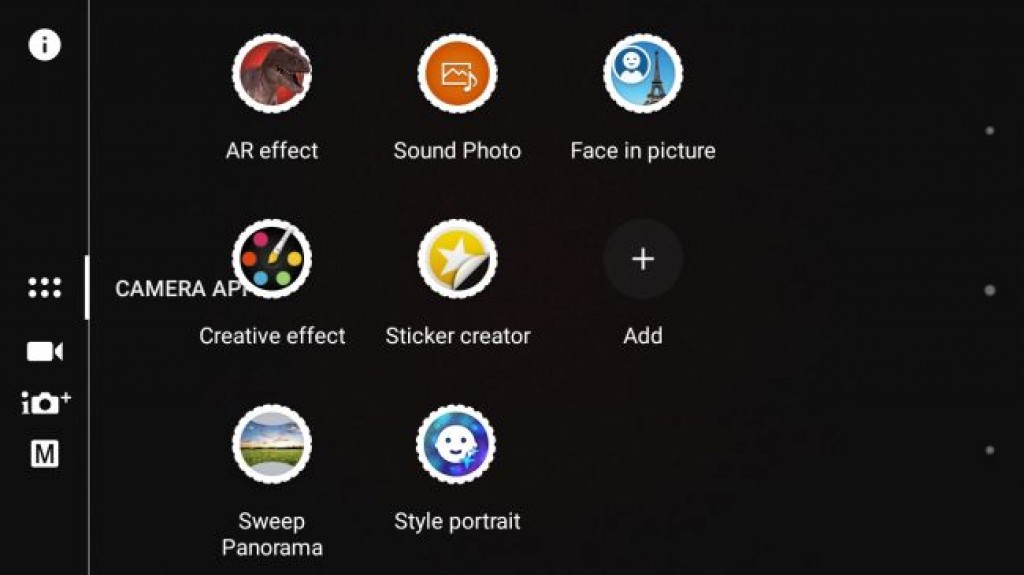
The Sony Xperia XA has a camera that doesn’t do well in low-light, can be a little slow to use in certain conditions and has finicky software. However, other than that it’s perfectly fine. Image quality in daylight is good, exposure is good at making sure highlights aren’t blown out and while the phone shoots 9MP images as standard (as the sensor is not 16:9), you get a good amount of detail.
Native dynamic range may be slightly higher than the Moto G4’s camera, as Sony appears to claim, but that’s moot when it has worse software dynamic range enhancement.
The Sony Xperia XA’s front camera is pretty sound, and unusual in some respects. It’s an 8MP sensor, which is common enough, but has autofocus. A lot of selfie cameras have a fixed-focus lens, under the notion that you’re probably going to hold the phone at arm’s length and point it at yourself.
Selfie image quality is decent. Some shots end up with too much contrast and detail retention isn’t anything like that of the Nexus 6P, but it can sit happily enough alongside other mid-range phones.
Camera samples

The camera struggles to pick out details in busy shots

Image quality in daylight is generally adequate
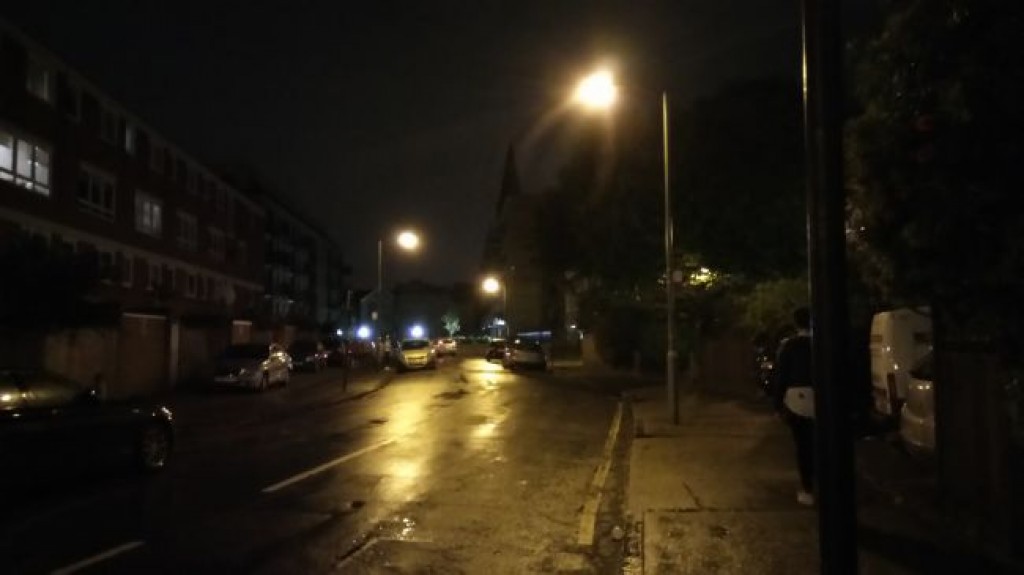
Aggressive processing leaves night shots looking very soft

The Xperia XA struggles to bring out detail in the foreground when the background is strongly lit
At £229/US$279/AU$389 the Sony Xperia XA is affordable compared to the rest of the Xperia X lineup, but in the wider Android and smartphone world it’s not such a bargain. It looks reasonably premium but delve deeper and the cracks start to show.
We liked
The Sony Xperia XA is a slim, good-looking phone that has some high-end charm at a reasonably affordable price.
Slim lines and a relatively small screen make the XA easy to handle too, unlike some of the bigger, more expensive Xperias.
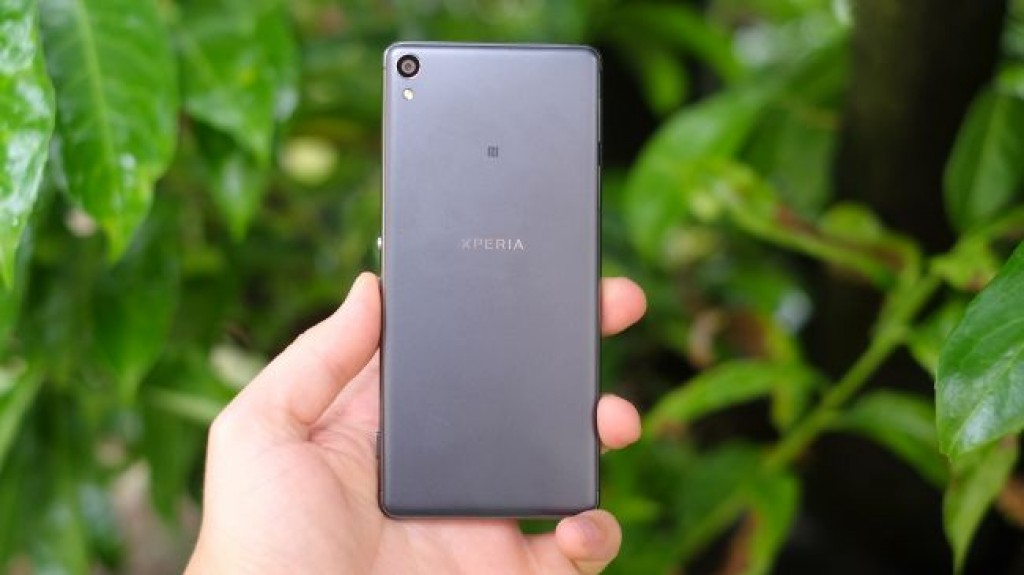
We disliked
The good bits are outweighed by the just-sufficient and mediocre elements here, though. Battery life is poor, bad enough to make two charges per day a reality for many.
There are also none of the hardware extras we’re starting to see jammed into mid-price phones like this. No fingerprint scanner, no higher-grade speaker, and no Full HD display.
Performance is also glitchy, which is disappointing from a big brand phone.
Verdict
A cute little phone with a big battery life problem and no other chart-topping features to make you forget that, the Sony Xperia XA is ultimately disappointing.
There’s now a lot of competition in this affordable mid-range area, and the Motorola Moto G4 really shows it up, with better performance in most areas and a much lower price.
Battery stamina is the only flat-out bad part of the phone, but Sony lags behind in too many areas.
Source:techradar.com





































